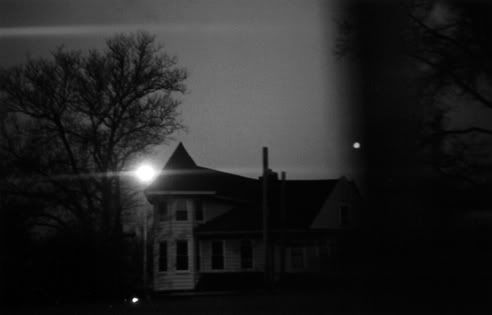One evening, they saw a sideshow titled "Man and Machine", in which a man did feats of strength and forecast the future while supposedly in a hypnotic trance. Inspired by this, Janowitz and Mayer devised their story that night and wrote it in the following six weeks. The name "Caligari" came from a book Mayer read, in which an officer named Caligari was mentioned.
The arrival of the traveling magician Dr Caligari and Cesare in a town coincides with savage killings. Secretly Caligari was an asylum director who hypnotizes Cesare to re enact murders. But the final reel contains something which will leave an audience shattered. It blows away all your moral certainties and beliefs.
The film has been read as an allegory for German social attitudes in the period preceding World War II. The character of Caligari should represent a tyrannical figure, to whom the only alternative is social chaos.
You can buy The Cabinet of Dr. Caligari (Special Collector's Edition)
















